Disclosure: This article contains affiliate links. We may earn a commission from purchases at no extra cost to you, which helps our travel content.
When I first arrived in Antofagasta last July—Chile's winter—I was immediately struck by the surreal juxtaposition of rust-colored desert plunging dramatically into the Pacific's deep blue. Having documented countless technical systems throughout my career, I found myself instinctively cataloging this region's extraordinary geological features with the same methodical precision. What began as simple documentation of my solo journey quickly evolved into this comprehensive guide for photographers seeking to capture one of Earth's most otherworldly corners.
Understanding Antofagasta's Winter Light
Winter in Antofagasta (June-September) offers photographers a remarkable gift: extraordinary light quality without the crushing summer heat. The region's minimal rainfall (Antofagasta averages just 4mm annually!) means virtually guaranteed clear skies, while winter temperatures hovering between 13-20°C (55-68°F) create comfortable shooting conditions.
What truly distinguishes winter photography here is the light's character. The lower winter sun angle creates dramatic shadows across the desert formations, particularly during the golden hours. I discovered that between 8-10am and 4-6pm, the desert's oxidized minerals positively glow against the deep blue winter sky—a phenomenon I've not witnessed elsewhere in my extensive travels.
I relied heavily on my polarizing filter to manage the stark contrasts between sky and landscape. The filter's ability to cut glare while enhancing the natural saturation proved invaluable when capturing both the ocean's surface and the mineral-rich desert in a single frame.

💡 Pro Tips
- Arrive at locations 30 minutes before golden hour to scout compositions
- Use a polarizing filter to manage contrast between sky and desert
- Pack a lightweight down jacket—desert temperatures drop rapidly after sunset
La Portada: Timing and Techniques
La Portada—Antofagasta's iconic natural stone arch rising from the Pacific—requires strategic timing to capture its essence. After three separate visits at different hours, I can definitively report that early morning (7-9am) offers the most compelling photographic opportunities. The morning light illuminates the arch's eastern face while casting the western side in gentle shadow, creating depth that afternoon light simply cannot match.
Approach compositions thoughtfully here. While the temptation is to shoot directly at the arch, I found the most compelling images emerged when incorporating the textured foreground rocks as leading lines. The remote shutter release I brought proved invaluable for capturing long exposures of the waves without camera shake.
A technical note on exposure: La Portada's white stone against the dark ocean creates challenging dynamic range conditions. I recommend bracket exposures (±2 stops) and later blend them in post-processing. This technique preserved both the delicate details in the white limestone and the moody textures in the shadowed water.
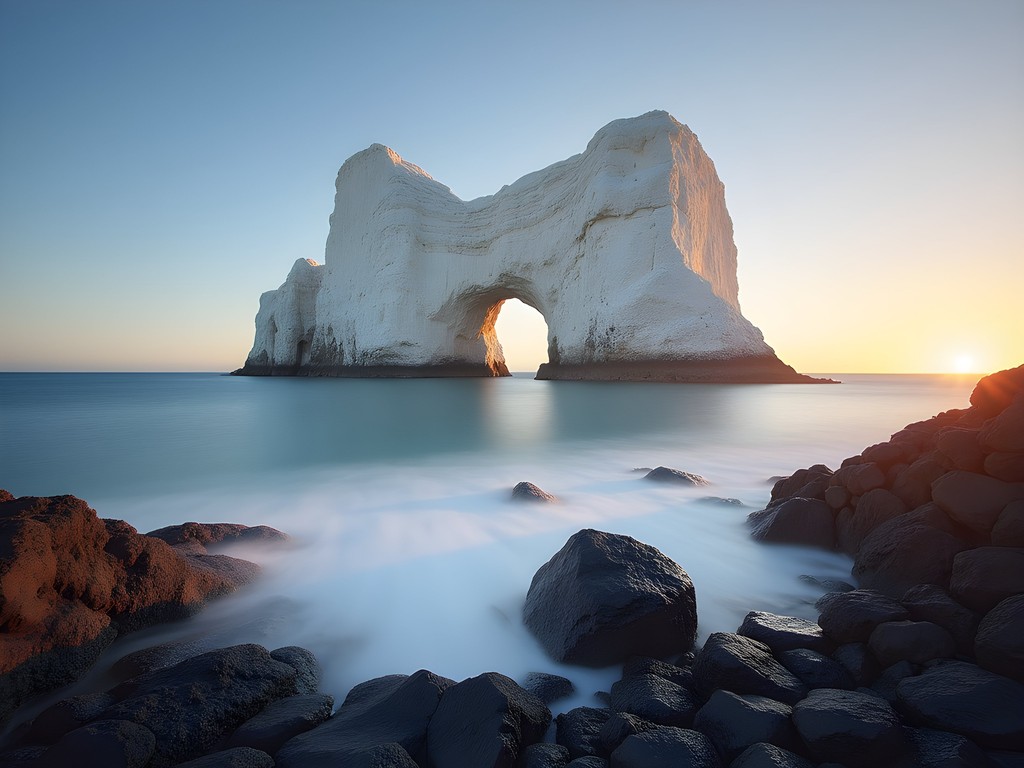
💡 Pro Tips
- Visit on weekday mornings to avoid weekend crowds
- Use graduated ND filters to balance exposure between bright sky and darker foreground
- Bring a microfiber cloth to manage sea spray on lenses
Hand of the Desert: Avoiding Crowds and Finding Angles
Mario Irarrázabal's colossal 'Mano del Desierto' sculpture rising 11 meters from the Atacama sands presents unique photographic challenges. Located 75km south of Antofagasta proper, this site requires planning—particularly regarding timing.
After two visits (one disastrous, one sublime), I've learned the crucial lesson: arrive either at first light (6-7am) or in the final hour before sunset. Mid-day brings tour buses that make clean compositions nearly impossible, not to mention the harsh overhead light that flattens the hand's textural details.
Equipment considerations matter tremendously here. The constant desert wind carries fine sand that can damage equipment. My camera rain cover served double-duty as excellent sand protection. Additionally, I found my lens cleaning kit essential for maintaining clear optics in these conditions.
Composition tip: While most visitors photograph the hand straight-on, I discovered that positioning yourself 50 meters west of the sculpture allows you to create compelling images with the hand seemingly grasping the distant mountains. This perspective tells a more powerful story about humanity's relationship with this extreme landscape.
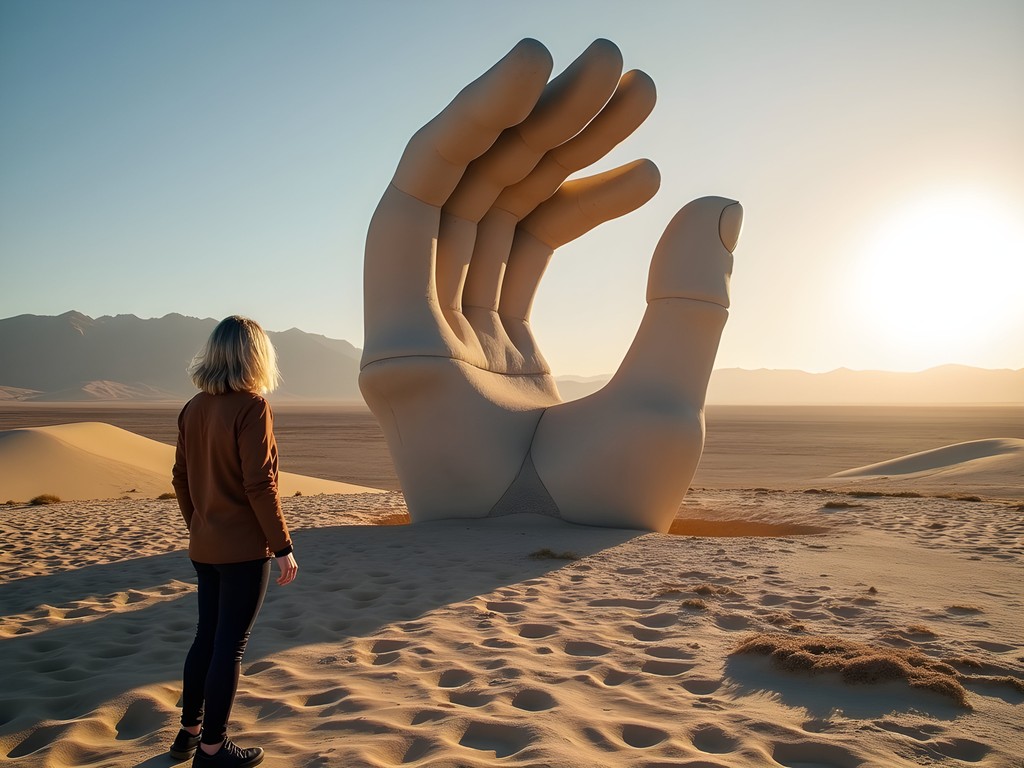
💡 Pro Tips
- Arrive before 7am to have the sculpture entirely to yourself
- Bring a small brush to remove sand from equipment before changing lenses
- Use a human subject to demonstrate the hand's massive scale
Paranal Observatory: Night Photography Paradise
The ESO Paranal Observatory, located 130km south of Antofagasta in the absolute darkness of the Atacama, offers what I consider to be South America's premier night photography opportunity. While daytime tours require advance booking through the European Southern Observatory website, the real photographic treasures emerge after the tour buses depart.
With permission (arranged three months in advance via email), I was allowed to photograph from designated areas near the observatory after dark. The results were nothing short of transcendent. The Milky Way core rises with exceptional clarity here due to the 2,635m elevation and near-zero light pollution.
Technical considerations are paramount for successful astrophotography in this location. My intervalometer proved essential for programming sequences of exposures without disturbing the camera. Additionally, the hand warmers I packed served an unexpected purpose—wrapped around my lenses with rubber bands, they prevented the desert night's condensation from fogging my glass.
Composition tip: Include the observatory domes in your foreground with the Milky Way arcing above. The juxtaposition of human scientific endeavor beneath the very cosmos we study creates images with profound narrative depth.
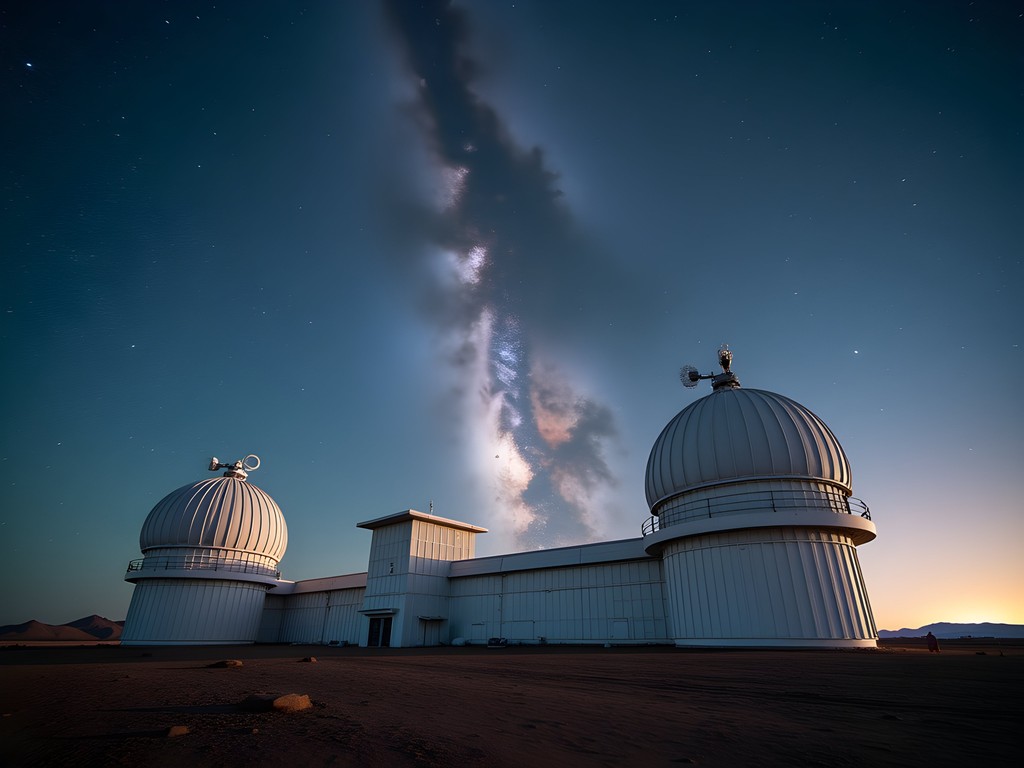
💡 Pro Tips
- Book observatory permission at least 3 months in advance via email
- Bring extra batteries—cold desert nights drain them quickly
- Use the 500 rule to calculate maximum exposure time before star trails appear
Hidden Coastal Gems: Beyond the Guidebooks
While La Portada draws the crowds, my technical writer's instinct for documentation led me to discover several lesser-known coastal formations that offer equally compelling photographic opportunities without the tour buses.
Playa Amarilla (23km north of Antofagasta) features extraordinary yellow limestone cliffs that positively glow during golden hour. The beach's relative obscurity means you'll likely have these formations entirely to yourself. I spent three consecutive sunsets here, each time discovering new compositions as the changing light revealed different textures in the stone.
For those seeking dramatic wave action, Playa Brava in Antofagasta's northern section offers tremendous opportunities during winter when Pacific swells intensify. I found my neutral density filter kit indispensable here for capturing the hypnotic motion of waves against the volcanic rock formations.
Perhaps my most treasured discovery was Las Almejas cove (accessible via an unmarked dirt road 15km south of the city). This hidden inlet features extraordinary rock pools that reflect the sky at low tide. Arriving 90 minutes before sunset allowed me to carefully scout compositions incorporating both reflections and the distant coastal mountains.
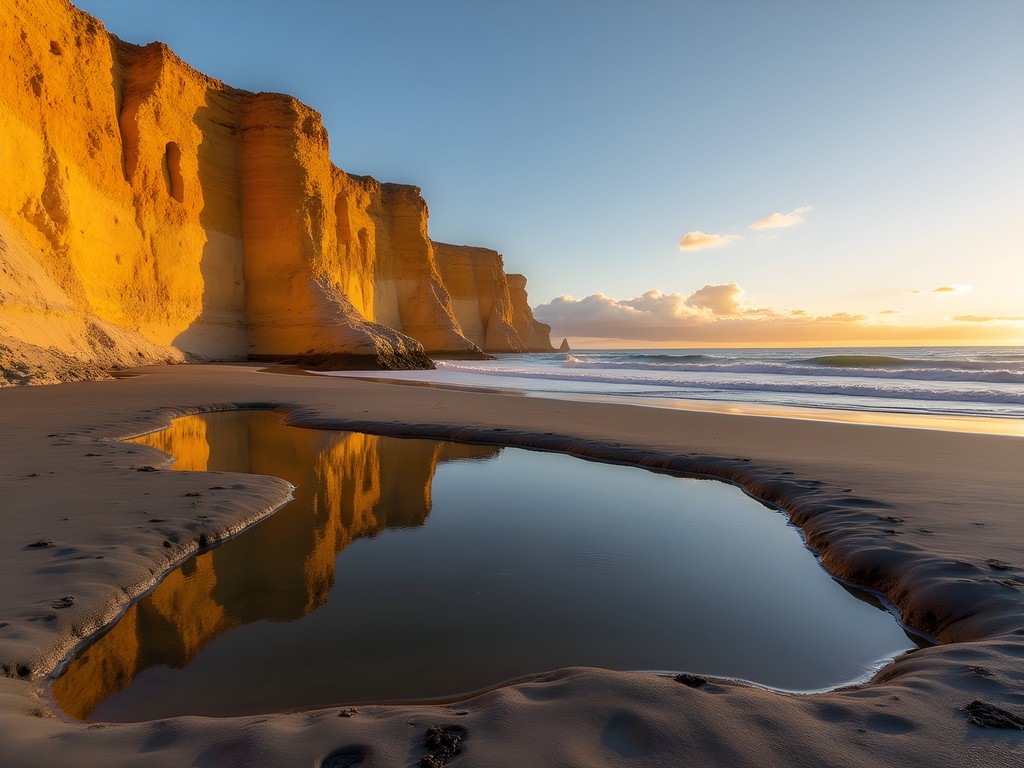
💡 Pro Tips
- Download offline maps before exploring—cellular service is spotty along the coast
- Research tide times—many coastal formations are only accessible at low tide
- Bring a small LED light to illuminate foreground elements during blue hour
Final Thoughts
After a week photographing Antofagasta's otherworldly meeting of desert and sea, I've come to understand why this region remains criminally underappreciated in photographic circles. The technical challenges—extreme contrasts, constant wind, remote locations—demand preparation and patience. Yet these very challenges yield images with a surreal quality unattainable in more accessible destinations.
As I packed my dust-covered equipment on that final morning, watching the sun illuminate La Portada one last time, I reflected on how this landscape had transformed my approach to photography. The precision required here—from calculating tide tables to tracking the Milky Way's position—reconnected me with the methodical documentation skills I honed through decades of technical writing.
I invite you to experience this remarkable convergence of elements yourself. Come in winter when the light is extraordinary and the crowds thin. Bring patience, technical skill, and wonder in equal measure. Antofagasta's rewards await those willing to rise before dawn, stay out after dark, and venture beyond the obvious. The images you create here will not merely document a destination but capture a landscape that exists at the very edge of terrestrial possibility.
✨ Key Takeaways
- Winter (June-September) offers the best combination of light quality and comfortable temperatures
- Early morning and late afternoon provide the most dramatic lighting for desert/ocean compositions
- Proper protective gear for camera equipment is essential due to constant wind and sand
- Allow extra time at each location to discover unique compositions beyond the obvious shots
📋 Practical Information
Best Time to Visit
June through September (Chilean winter)
Budget Estimate
$1,200-1,800 USD for one week (mid-range accommodations, rental car, meals)
Recommended Duration
5-7 days minimum
Difficulty Level
Challenging

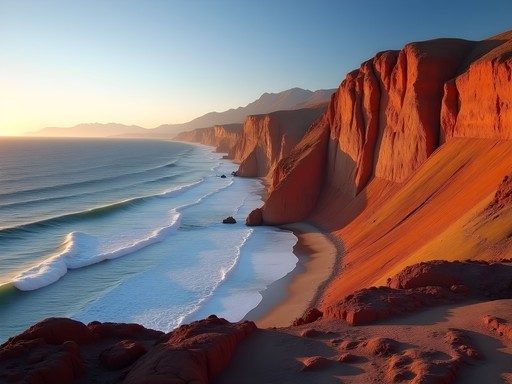








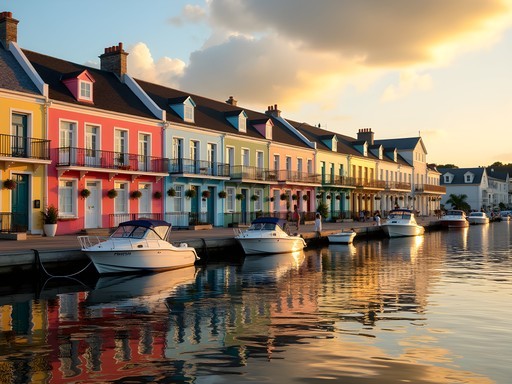
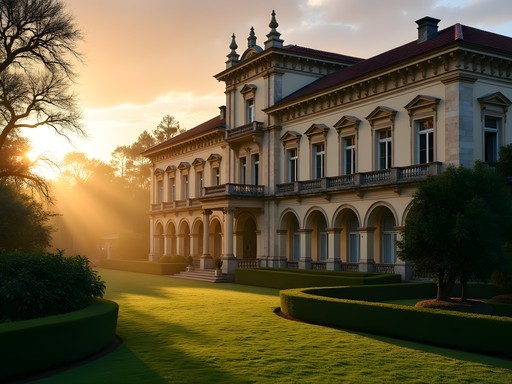


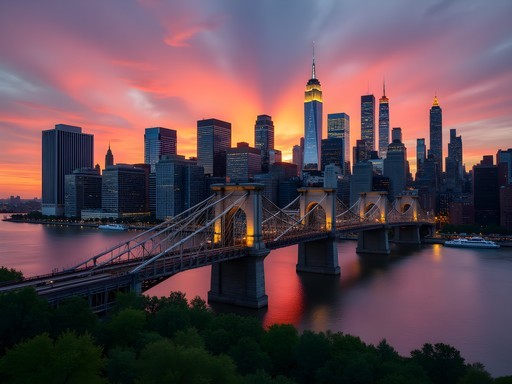
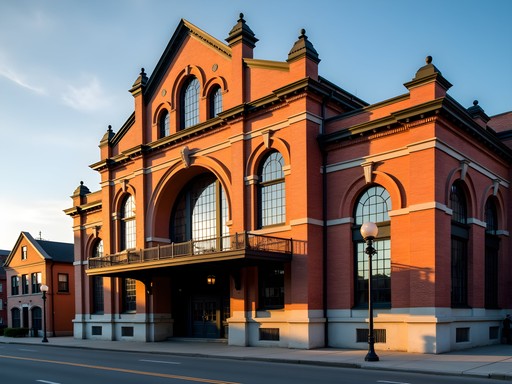
Comments
moonexplorer
Just got back from Antofagasta and used your guide extensively, Leah! The Hand of the Desert at sunrise was magical - we were completely alone for almost an hour. The Paranal Observatory was trickier than expected though - they canceled our night visit due to weather. Pro tip for others: build in a backup night for observatory visits just in case! The desert winds can pick up unexpectedly.
Leah Lane
So glad the guide helped! That's a great tip about building in a backup night for Paranal - I should add that to the post. The weather can definitely be unpredictable out there.
Douglas Bradley
Having just returned from Antofagasta last month, I can attest to everything in this guide. The juxtaposition of landscapes is truly remarkable from an anthropological perspective. One thing I'd add is the cultural context of photographing in this region - the mining industry has transformed much of the landscape, creating interesting tensions between natural beauty and industrial presence. For those interested in documentary photography, the contrast between the luxury hotels along the coast and the mining settlements inland tells a fascinating socioeconomic story. The light during winter (July-August) has a particular clarity that reveals these contrasts beautifully. Excellent guide, Leah.
mountainchamp
Any tips for photographing La Portada if you don't have a fancy camera? Just an iPhone user here but would love to capture something decent!
Leah Lane
Absolutely! iPhones are great for La Portada. Use portrait mode for the arch, and try HDR mode to balance the bright sky with darker rocks. The golden hour lighting (mentioned in the post) matters more than fancy gear!
mountainchamp
Thanks Leah! That's super helpful!
vacationqueen
Just got back from Antofagasta and used your guide the whole time! The tip about visiting the Hand of the Desert early morning was perfect - we had it completely to ourselves for almost an hour. Can't thank you enough for this incredible resource!
Leah Lane
So happy to hear that! Did you make it to Paranal Observatory too?
vacationqueen
Yes! Mind-blowing experience. Your night photography settings worked perfectly. The staff there were amazing too!
Taylor Moreau
Excellent guide, Leah. I visited Antofagasta on a business trip last year and managed to squeeze in a visit to the Hand of the Desert. Your advice about arriving early is crucial - by midday it was swarmed with tour buses. For those planning to photograph Paranal Observatory, be aware they have strict policies about equipment. I recommend contacting them in advance if you're bringing professional gear. My travel tripod was compact enough to not raise eyebrows but stable enough for those night shots. The staff were quite accommodating when I explained I was there for astrophotography.
mountainchamp
Did you need special permission for the observatory? Planning a trip there next month!
Taylor Moreau
Yes, you need to book a tour in advance through their website. They have specific photography nights twice a month. Book early, they fill up quickly!
beachblogger
Those colors are insane! Adding to my bucket list!
explorepro
Wow Leah, your shots of La Portada are STUNNING! I was there last summer and completely messed up the lighting - wish I'd had this guide then! That golden hour tip is spot on. The contrast between the desert and ocean is even more dramatic than your photos show. Did you make it to any of the smaller beaches south of the city? Found some amazing rock formations there that hardly anyone photographs.
Leah Lane
Thanks so much! I did explore some smaller beaches but ran out of time before getting too far south. Sounds like I need to plan a return trip!
explorepro
Definitely worth it! The light hits differently on those southern beaches. I'd recommend Playa Amarilla if you go back.
chiletraveler
Just got back from Antofagasta and your guide was so helpful! The light tips made a huge difference.
vacationtime
That shot of La Portada at sunrise is making me want to book flights right now!
Marco Flores
The way you captured the light on those rock formations is pure magic, Leah! I visited during summer and the harsh midday light was brutal for photography. Your winter timing was clearly perfect. Did you use any graduated ND filters for those coastal shots? The balance between sky and foreground is perfect.
Leah Lane
Thanks Marco! Yes, I used a 3-stop soft grad for most of the coastal shots. The winter light is more forgiving but still has incredible contrast there!
Venture X
Premium card with 2X miles, $300 travel credit, Priority Pass